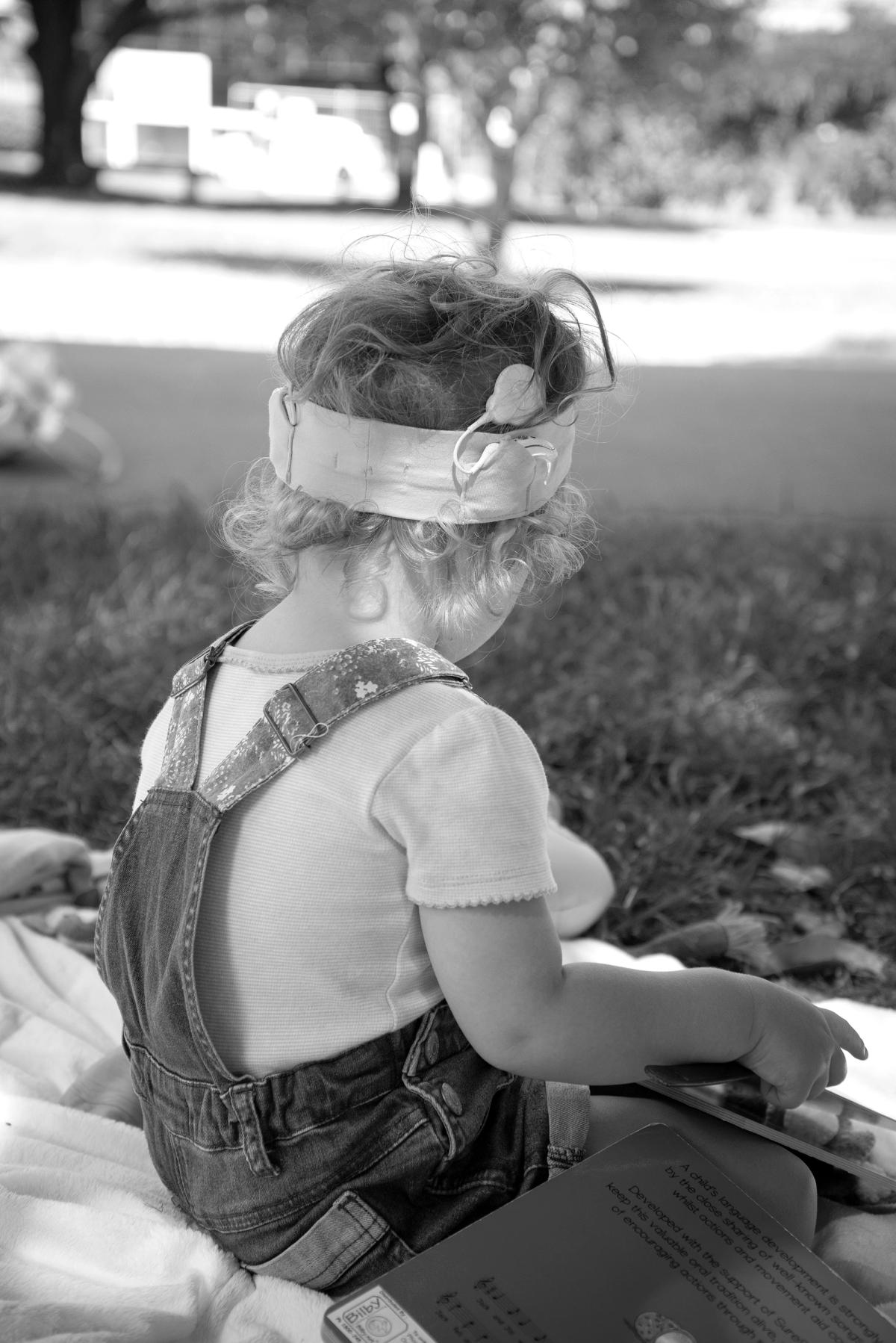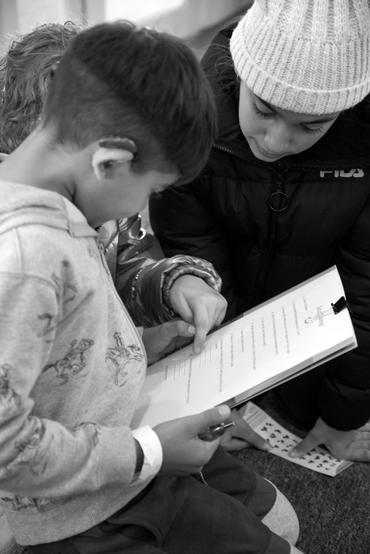Types of deafness - a summary
Deafness and hearing loss are described in many ways. Here’s an overview of the types of hearing loss and some of the terms frequently used to talk about it.

Types of hearing loss
Hearing loss is defined by where in the hearing system the problem occurs.
Conductive hearing loss
When hearing loss is linked with an issue in the outer or middle ear, this is known as conductive hearing loss
This is because there is a problem with freely ‘conducting’ sound to the inner ear. Some things that can cause this type of hearing loss include was build up, glue ear, middle ear infections or a deformity of the outer or middle ear structures. Conductive hearing loss affects the loudness of sound.
Sensorineural hearing loss
Sensorineural hearing loss occurs when there is a problem in the inner ear and/or the auditory nerve which affects how sound is converted into electrical signals, or how it is transmitted to the brain.
Sensorineural hearing loss most commonly involves abnormalities in the cochlea’s hair cells, which can be caused by specific genes or damage from infection or loud noises. In sensorineural hearing loss, both the clarity and loudness of sound are affected.
Mixed hearing loss
Some hearing loss involves a mix of both types. For example, a child with microtia and atresia that causes conductive hearing loss may also have a sensorineural hearing loss.
When did the hearing loss happen?
If hearing loss is present at birth or shortly afterwards, this is known as congenital hearing loss. When it starts later, this is known as acquired hearing loss.
You can read more about congenital and acquired causes of hearing loss here.
Hearing loss is sometimes also described as prelingual, which means it occurred before a child has developed speech and language, or postlingual, which means it happened afterwards
Prelingual hearing loss usually has a more significant impact, and children with it need opportunities to develop vital communication skills (link to ?? helping communication in the family or bimodal/bilingual page).
How severe is the hearing loss?
Hearing loss may also be classified according to its severity, or how loud sounds must be before the ear detects them.
Mild hearing loss
Children with mild hearing loss can find it difficult to hear softly spoken speech and might miss some speech sounds. Listening will be more difficult in environments with background noise.
Moderate hearing loss
Children with moderate hearing loss may find speech sounds softer and less clear and miss many speech and soft-to-moderate environmental sounds.
Severe hearing loss
Children with severe hearing loss will miss most environmental sounds and only hear speech spoken loudly and very close to them.
Profound hearing loss
Children with profound hearing loss will only hear extremely loud environmental sounds and won’t hear any speech.
Does the loss affect both ears?
Hearing loss may occur in one ear, which is known as unilateral hearing loss. A profound unilateral loss is sometimes called single sided deafness (SSD).
If it affects both ears, this is known as bilateral hearing loss. Bilateral hearing loss may be described as symmetrical when it’s the same in both ears or asymmetrical if it’s different.
Does it affect all frequencies?
Hearing loss may also be described by what frequencies of sound are most affected, which can be charted on an audiogram. A ‘flat’ hearing loss is similar across all frequencies. A ‘ski slope’ hearing loss gets gradually worse at higher frequencies. A ‘reverse slope’ hearing loss is greatest at low frequencies.
Does it change?
Hearing loss can vary over time. When a hearing loss changes from one day to the next, this is called fluctuating hearing loss. This is most common with conductive hearing loss.
Progressive hearing loss means the hearing loss is getting worse over time. A sudden hearing loss is one that develops abruptly. Sudden hearing loss requires urgent medical attention to discover the cause and potential treatment.
It's important to know...
Every parent responds differently to discovering their child has a hearing loss. Some parents feel relieved to get a diagnosis, while others might be distressed, angry or anxious. There’s no right or wrong reaction. It’s important to acknowledge how you feel and remember that you won’t feel this way forever.
It can also help to know you’re not alone. Support is available, and you might like to connect with other parents of a child who is deaf or hard of hearing.
Many parents wonder what it’s like to be deaf or hard of hearing. Simulators are available to give you an idea of what it’s like to live with a bilateral hearing loss, but not a unilateral one. You could try spending a day with one ear blocked with an ear plug to get an idea.
There’s a difference between sounds that are audible and those that are intelligible. In noisy environments, adults can often infer meaning from context even if they can’t hear all that’s being said. But children lack the language skills and life experience to do this. They need speech to be intelligible if they are to understand it.



